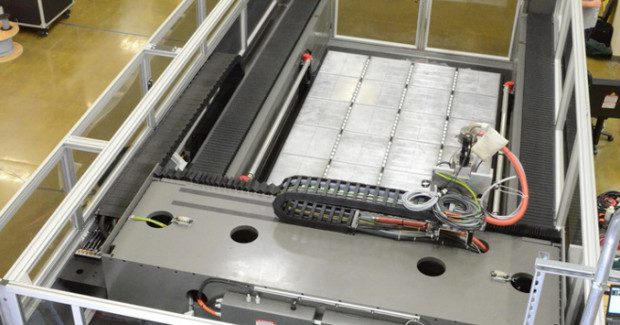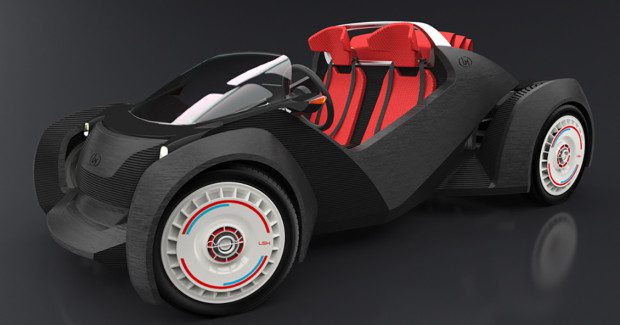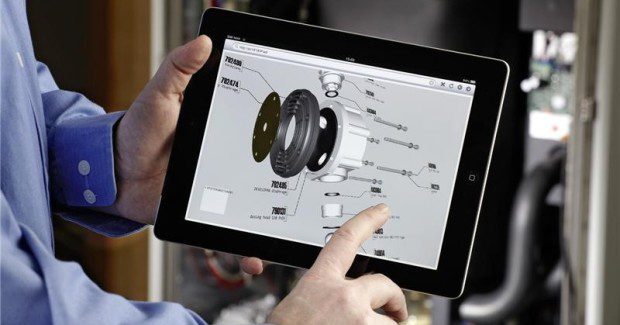Return of the Forgotten Economic Engine
State of the Industry: The sleeping giant has been awakened. As U.S. manufacturing enters into a vibrant new era where industry forces are disrupting the status quo, the eighth largest economy in the world should grow stronger than ever before.
Posted: December 22, 2014
After enduring roughly 20 years of downsizing, offshoring, recession, government interference, lack of respect from the general public and deliberate avoidance by our youth, manufacturing in the U.S. has suddenly regained its standing as the powerhouse engine of our nation’s economy.
The final numbers aren’t in yet as this goes to press, but 2014 was categorically stronger than 2013, when the National Association of Manufacturers (NAM; Washington, DC) reported that U.S. manufacturers contributed $2.1 trillion to our economy, or 12.5 percent of GDP. Most importantly, for every $1.00 spent in manufacturing, another $1.32 is added to the economy, the highest multiplier effect of any economic sector – and inside this issue you’ll find that the expectations for 2015 are even stronger than all of this.
If U.S. manufacturing was a nation, it would be the eighth largest economy in the world. According to NAM, the industry supports an estimated 17.4 million jobs in our country, or about one in six private-sector jobs. More than 12 million people – almost 10 percent of our total workforce – are employed directly in manufacturing. The average manufacturing worker in America earns $77,506 in annual pay and benefits, compared to the $62,546 earned by workers in all other industries.
And because U.S. manufacturers perform two-thirds of all private-sector research and development in the nation, they drive more innovation than any other sector, and innovation is critical to continuing economic growth . . . particularly right now, as manufacturing enters into a vibrant new era where industry forces are disrupting the status quo and reshaping how products are designed and made.
“Three major catalysts for disruption are echoing throughout manufacturing plants everywhere: the means of production is changing, consumer demand is shifting, and products themselves are being redefined,” explains Diego Tamburini, a manufacturing industry strategist at Autodesk, Inc. (San Rafael, CA). In this new era, he believes start-up shops can innovate breakthroughs just like industry titans. “The democratization of production has leveled the playing field,” notes Tamburini. “A new set of players can now compete with the incumbents and, in some instances, even bring innovation to market faster. The design, engineering and manufacturing tools and processes people have relied on in the past to be successful are not the same tools they will need in the future.”
While all sorts of highly diverse technologies continue to evolve at amazing speed across every sector of metal fabrication, I personally believe that only two will cause the most disruptive impact on how manufacturers do business over the coming year: the laser and the cloud. The laser because it is transforming not only the way material is cut, but how material is added. The cloud because its growing computational, connective and collaborative power is transforming not only how things are designed, but how those designs are built and sold into the marketplace. Fascinating stuff, indeed.
All of this excitement is starting to get the attention of the public at large. “For the U.S. economy, manufacturing still matters,” reports Justin Lahart in “U.S.’s Forgotten Economic Engine” in the November 30, 2014 issue of the Wall Street Journal. He notes the one measure that reveals the truth about manufacturing’s economic power: “The final sales of U.S.-made goods — what things produced in the country ultimately fetch — account for about one-third of gross domestic product. Moreover, it is the manufactured goods sectors (which also includes areas like mining) that tend to provide most of the fuel to changes in GDP, driving it up in good times and down in bad. So it is good news that U.S. manufacturers appear to be doing well.”
He too believes the backdrop for manufacturing looks good ahead. “Although the stronger dollar hurts by making products less competitive globally, costs will come down thanks to oil’s sharp decline,” states Lahart. “While the advantage conferred by inexpensive natural gas may narrow due to oil’s fall, it will still bolster the economics of producing goods in the U.S. More important, the pickup in factory activity may reflect an economy that has entered a healthier stage, with increased hiring that encourages consumers to spend more. Better spending encourages companies to step up production. Stronger production means even more hiring. The U.S. economy may be on its way to manufacturing a very nice 2015.”
Amen. Happy New Year.














